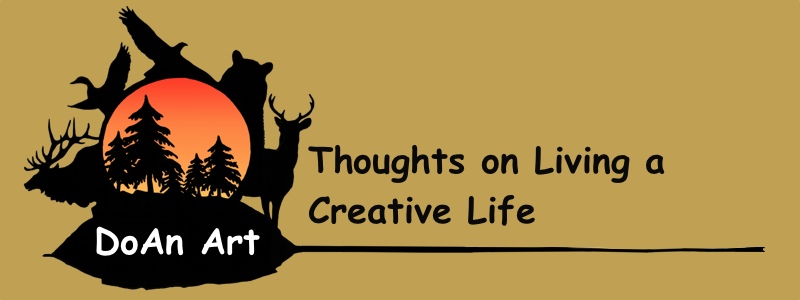 |
| Snowshoe Hare (graphite) by DoAn |
The ancient Irish Celts called this time Imbolc (im’olc) and it was the time of the winter hag, the Cailleach. On this day, she wandered out to gather her firewood for the remaining days of winter. If she felt strong and wanted to make winter last longer, she will make sure Imbolc was a sunny, clear day, so that she could easily gather firewood. People would use Imbolc day as a predictor of the length of winter. If the day was dark and weather foul, then the Cailleach was sleeping and winter would soon be over.
Imbolc was traditionally celebrated on the full moon closest to the midpoint between the winter solstice and the spring equinox. In more contemporary times, the holiday is celebrated on February 2nd. Groundhog’s day, with its prediction of the coming of spring, is very likely a modern remnant of the ancient holiday of Imbolc.
Many other cultures found this time of year to be important. The Greek myth of Persephone returning from the underworld was enacted at this time of year as part of the Eleusinian mysteries, to celebrate the coming of spring. The Romans celebrated Lupercalia, which honored the founding of the city of Rome by the twins Romulus and Remus. The ancient Egyptians celebrated the Feast of Nut, whose birthday was February 2nd (according to the Gregorian calendar). Nut was the mother goddess to the sun god Ra. The Catholics celebrate Candlemas, having usurped the holiday from the native European pagans.
For the ancient gaels, this time of year was particularly harsh. It was considered the dead month. But, despite the harsh winds and icy rain that fell, signs of spring could be found. Ewes began to lactate, Cows gave birth, Ravens started to build nests, and green buds started to appear on branches and poking through the dirt.
The holiday was sacred to the goddess Brigid, who became Saint Brigit when the Catholics took on the holiday. Brigid was the patron goddess of Fire, Poetry and Healing and symbolized by a spiral. Imbolc was important because it fell on an in-between time, a very powerful and sacred time for the Celts. Brigid, if properly respected, brought the flame of spring, healed the dead-time, and brought words to the poets lips. Her miraculous powers could change water into ale and stone into salt. With boundless generosity she fed birds, animals, and the poor, and they all loved her in return.
Rabbits and Hares are also ancient symbols of spring. Hares sleep in nests or “forms” which look very similar to the nest of the lapwing bird. The lapwing builds its nests on the ground and in spring the nests are filled with eggs, which people took to be hare’s eggs. The hare was an emissary of the Otherworld and a symbol of the in-between time, which made Imbolc a such a sacred time. It is also the time of year that the footprints of rabbits and hares can be seen in the snow, as they search out the tender green shoots to eat and court their mates.
In modern practice, Imbolc can be seen as a time to look bravely into the darkness and bear witness to the growing light. It is a time of renewal, of re-affirming those resolutions we took at the beginning of the year to better ourselves. Now is the time to understand that no matter how difficult and dark things may appear to be, it will pass, for in order for darkness to exist light must exist as well.
On February 2nd, or perhaps before the next rise of the full moon, take a moment to sit in a darkened room. Meditate upon what you would like to see grow in health and strength this year: for yourself, your family, your community, the Earth. Meditate on the darkness in your life, look to what it can teach you, then light a candle, or many candles, fill the room with light and celebrate in the knowledge that the dark times will soon come to an end. With the lighting of the candle, you ignite the flame of your soul, offering strength to last through the remaining dark times.
DoAn
DoAn Art is a sponsored project of Fractured Atlas, a non-profit arts service organization. Contributions for the purposes of DoAn Art must be made payable to Fractured Atlas and are tax-deductible to the extent permitted by law.
All artwork and text © Copyright 2005-2009 DoAn Art (Antony Galbraith) unless indicated otherwise. All Rights Reserved. Any downloading, copying or use of images on this website is strictly prohibited without express written consent by Antony Galbraith.


